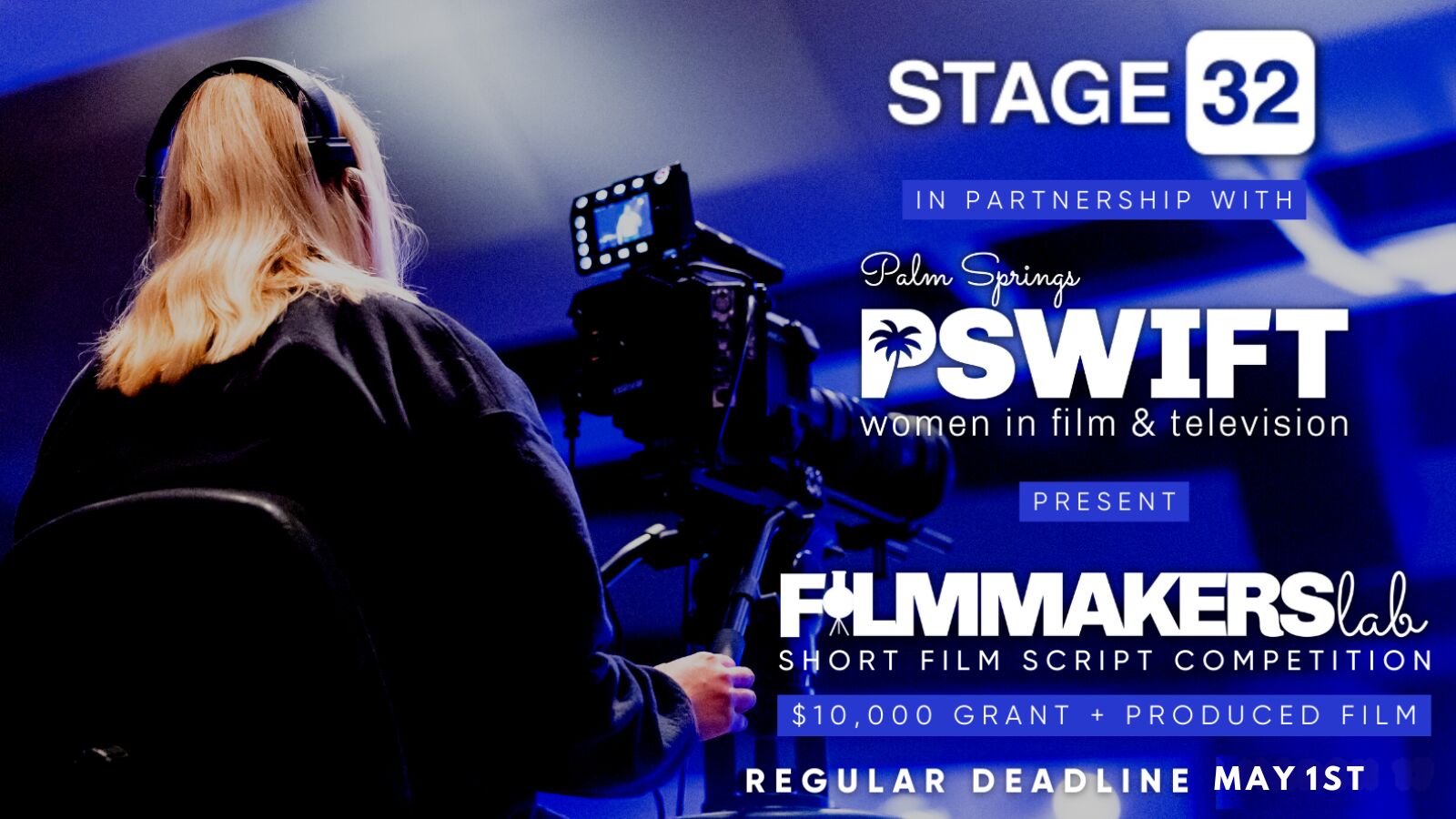These thoughts are just mine and may not be globally held by others who score electronically. Many of us have grown up learning to play an instrument and often time, that instrument tends to be piano or guitar. We often have a lot of playing and performing experience before and during our scoring experiences. And many of us approach the job of scoring instruments electronically the same way as they are played live. Now in many situations, that is essential - especially when playing the instrument 'idiomatically' and taking advantage of its own particular sounds and articulations.
But in my opinion there are some things to consider when thinking of the instrument in an 'electronic way' versus a 'live way':
1. Sometimes the instrument is playing solo but other times it is being sounded as part of a larger ensemble
2. The score is often mixed at low volumes and much of the articulations and nuances of the instrument can not be heard (which is not all that different from being part of a larger ensemble and mixed together with the other instruments - hence the blending makes it less 'heard')
3. If we are intending on scoring only electronically, then we don't want to spend valuable time creating an instrument soundtrack with things that may be important to a live performance (solo or ensemble) but which has no relevance to the sound of that instrument in the electronic soundtrack. Now I score with sheet music software to minimize the transition to a live chart some day (and to make it easier for others here to review and critique my score) but I don't go all the way - I assume I can take a partially score live chart in the future and finish it if the need arises. So I often leave out things like 'slurs' in the score, my drum maps may make sense to the midi commands but not to a live percussionist, etc.
So what does this all mean to those of us who often score a piano in an electronic soundtrack?
1. First of all, I remember that I often have an overall reverb/convolution setting for my track and I have placed instrumentation (including the piano) in various locations in 2D space (or at least left to right). So with that in mind, I need to decide what to do with the piano 'pedal stops'. Many piano sample sets have their own 2D spaces set up and have sophisticated ways of using the pedal stops to create piano sounds. When I start the use of the piano in my score, I ask myself, do I want to spend the time to use these features or do I want to just use the piano notes and fold them into the overall sound envelope I have created for the whole score. I keep in mind that (a) a long piano note (say a whole note) has a resonance and decay time which can often generate the sound I want and (b) the sound generated with a pedal stop is often very little different from the sound without the pedal stop.
2. The piano is played live with two hands but when sounded electronically, the concept of 'hands' does not often exist. Though there is one exception to this - sometimes I want to have two groups of notes to sound at different volumes/intensities as if being played by two hands. Otherwise, I generally put all my notes in the 'right hand' staff - though if you are using a DAW/Sequencer, unless you have two tracks - one for each hand, you are already doing what I have just mentioned.
3. When the piano plays as part of a larger ensemble, I need to question what notes should the piano play if it is in a support role and not the principal/playing the melody. Often "less is more". There is no need to play three or four note chords - especially if other instruments are sounding the notes. Also I am often told that the piano (unless it is part of a jazz or pop rhythm section), need not have to play repetitive notes to carry a tempo. In fact, I have been often criticized for playing rhythm with the piano and reminded that people can carry the rhythm in their heads without any instrument carrying tempo. There many exceptions to this especially in scenes (like stress, chase, fight, etc.) where rhythm is the primary entity and for those situations percussion tends to carry the rhythm. Though when I insist on an acoustic "pitched" instrument playing rhythm, the suggestion is to use a guitar or harp and not piano.
4. Left hand single piano notes are often unnecessary in piano scores - more often than not, they are either repeating a note being played by another instrument such as an acoustic base, cello, etc. Again, in many situations, I find myself score only with the 'right hand' playing piano - often above middle C
5. A performer may play a single piano, but that is not a restriction for electronic scoring. I know I and probably many other composers have purchased and uses many different piano samples - often in a single score. There are many ways to do this depending on the the sampler or samplers. One way I do it, is to have a single staff/track and to use different pianos by assigning each one to a different "program". Why different pianos? I know like others, I have a 'go to piano' - the sound I generally like. In my case, my original performing piano was a Yamaha P-80 weighted 88 key piano. So I wanted a sample with the exact same sound - I use a Sampletekk 7CG MK II Yamaha C7 Grand Piano. It has a very mellow tone. However, other times I may need a more sharper sounding Steinway.
For me, I when I score with piano samples, I remember that I am not writing or performing a Chopin piece. The piano is an acoustic instrument with specific sounds, articulation and purpose for being included in the score.


